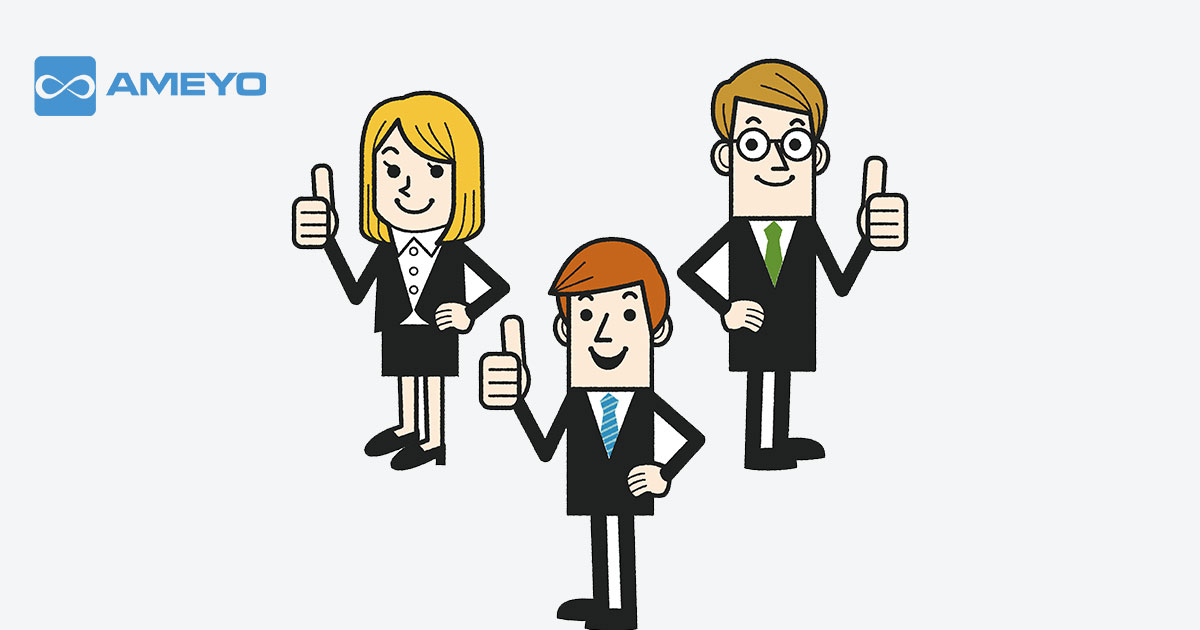The functions of the front-end part and the back offices of any business are the same: service the customer, increase sales, and contribute to the business growth. However, the way each part achieves these goals is different. Customer-facing sales teams are able to easily gauge customer behaviors and patterns. For example, in a clothing store, it is much easier to know what the client wants when they linger in a section to check a particular item on the rack. The salesperson can also confirm the customer needs by asking them, showing them options, helping them try these options, and then selecting the final items.
In the back office, however, it is not easy to know the customer pattern. How much will the customer reveal over the phone, or on chat and e-mail? What if the customer views an item on the website multiple times but buys something else? How does one effectively gauge customers in this situation?
Customer needs, wants, and desires
When I go shopping with my friends we take a lot of time before we buy anything. There is a lot of window shopping, a lot of haggling and bargaining for the best prices, and sometimes we even walk away without purchasing anything. We moon over how much we like one particular store and how we did not like another store. How can one predict what a group of young men/women will want? On the other hand, shopping with the family means a lot of bargaining, selecting, and buying. Each member needs something or the other and the shopping basket just keeps piling. So how does one prevent the family from overshopping?
Well, a lot of research actually goes into studying customer behavior and how businesses, especially retail businesses, can service them best and gain the most. Just like supermarkets have aisles and aisles lined carefully with items to ease shopping, e-commerce sites have segregated web pages, interlinked with each other to provide a great customer experience. Businesses learn from experience and the past mistakes of their predecessors, rivals, and themselves. They mold their sales and marketing strategies accordingly. Everyone wants the customer to come to them again and again. They want as many loyal customers as possible.
Loyal customers lead to bigger paydays
Customer loyalty is a privilege which is achieved with great service, high quality products, and a cost-utility balance. When customers are paying you their money over and over for continued service, businesses cannot afford to be lax about either of the above three factors. Businesses may rise at first but then they fall when they forget to create a balance between the three factors.
One of my favorite restaurant during college started small but achieved fame because their very amiable servers served great quality food at low prices. We told our friends to visit the place and these friends told their friends. Soon, the restaurant was a hit and expanded. However, the downside of this expansion was that they compromised the food quality, its quantity, and replaced the old servers with new ones who served with a frown instead of a smile. Soon enough, my friends and I could not believe that this restaurant was the same quaint, old place where the servers treated us like friends and we had great food and experiences. After some time, I got to know that the restaurant had closed but I could not feel sorry for the loss.
Achieving a balance and maintaining it is hard but it is not impossible. With the right tools, contact centers of businesses can achieve this balance. The right contact center software helps integrate back-end office functions effortlessly with the front-end ones. It makes sure that the goals and objectives of the overall business are fulfilled with seamless functioning. It will make sure that agents are available for the customers. It understands their needs and connects them to the right agent. With a robust solution running your business, you can make sure that customer service is impeccable, the quality is maintained, and the costs are sustainable. What more can one ask for?
Importance of Seamless Functioning in Front and Back Offices

